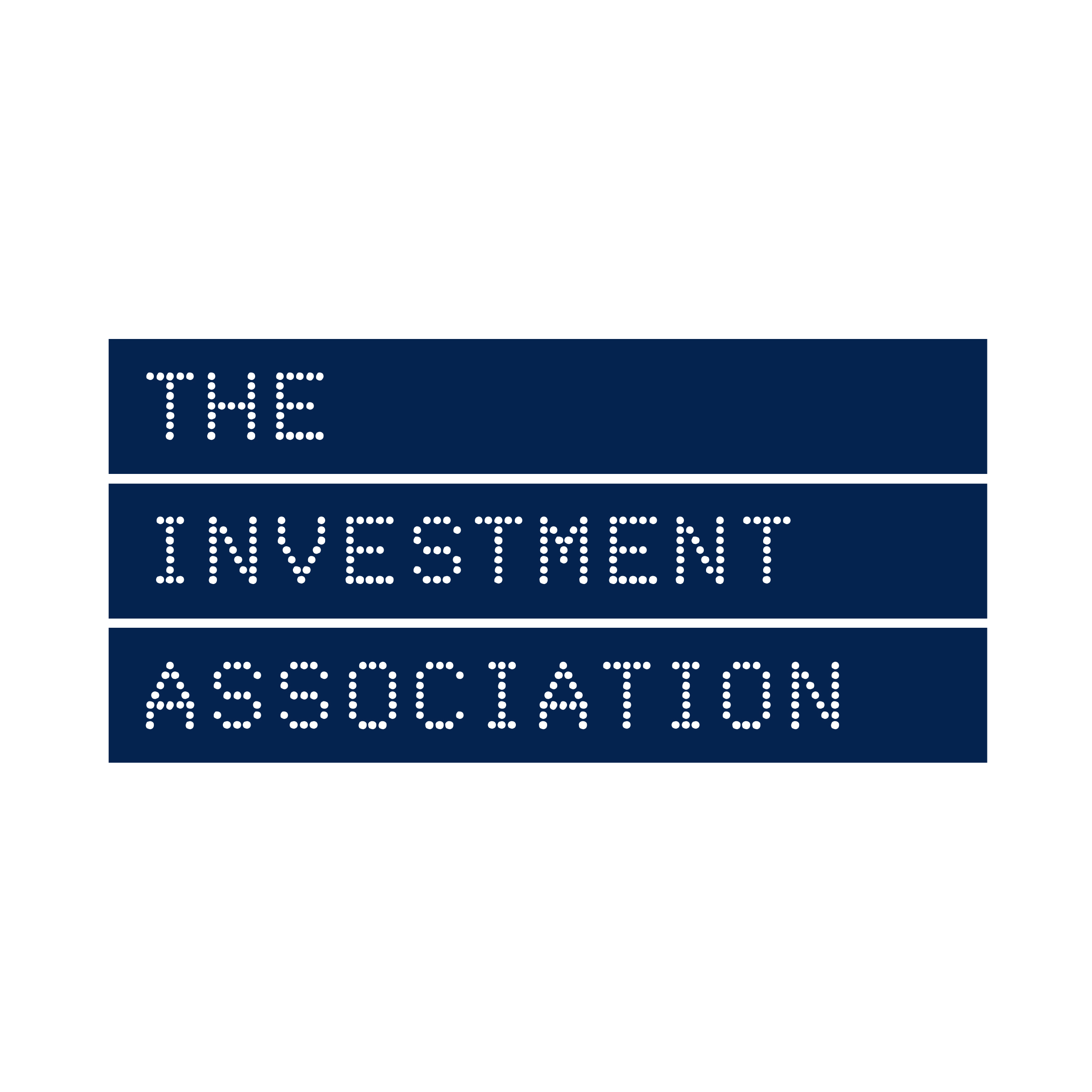The Investment Association’s decision to include ETFs in its sectors is the latest milestone for the rapidly developing European ETF industry.
From Q1 2020, investors will be able to directly compare the performance of ETFs against mutual funds and ETFs against other ETFs in the same sector, placing the two vehicles on a level playing field.
This will further shine a light on active manager performance, not only highlighting the poor performers but also the managers that are benchmark hugging and not delivering true alpha to clients.
One only has to look at the bi-annual SPIVA scorecards to see that picking a consistent active manager is like trying to find a needle in a haystack, especially for retail investors, who do not have the screening tools or the one-on-one time afforded to by professional investors.
As always, investor due diligence will be crucial. With over 200 ETFs potentially entering the sectors, many products will be tracking the same index such as the Euro Stoxx 50.
It is important investors look under the hood of these products, not just focusing on the headline total expense ratio (TER) but also on other factors such as tracking error, bid-ask-spread and assets under management.
The IA has already taken some steps to help investors by only allowing ETFs that are physically replicated and, although there are arguments for both synthetic and physical replication, it shows the trade body is listening to concerns.
The move is an acknowledgement from the UK investment management trade body that ETFs are becoming an increasingly important tool in investors’ toolkit.
The European ETF industry has grown substantially since the Global Financial Crisis from under €150bn to €760bn, as at the end of April. The inclusion will further add to this growth by bringing a whole new set of investors to ETFs who have previously been ignoring the vehicle. At ETF Stream, we have spoken to investors who are not monitoring ETFs simply because they are not in the IA sectors.
The IA has made significant steps to support the ecosystem over the last few years. In 2016, it created the ETF committee, which discusses key issues relating to ETFs, then they launched the consultation at the back end of last year, which resulted in the decision yesterday.
This decision highlights the importance of regulators and trade bodies to the ETF ecosystem. ETF providers have been active in trying to educate investors about the different nuances with ETFs however, it still remains an issue; this could be a turning point.



